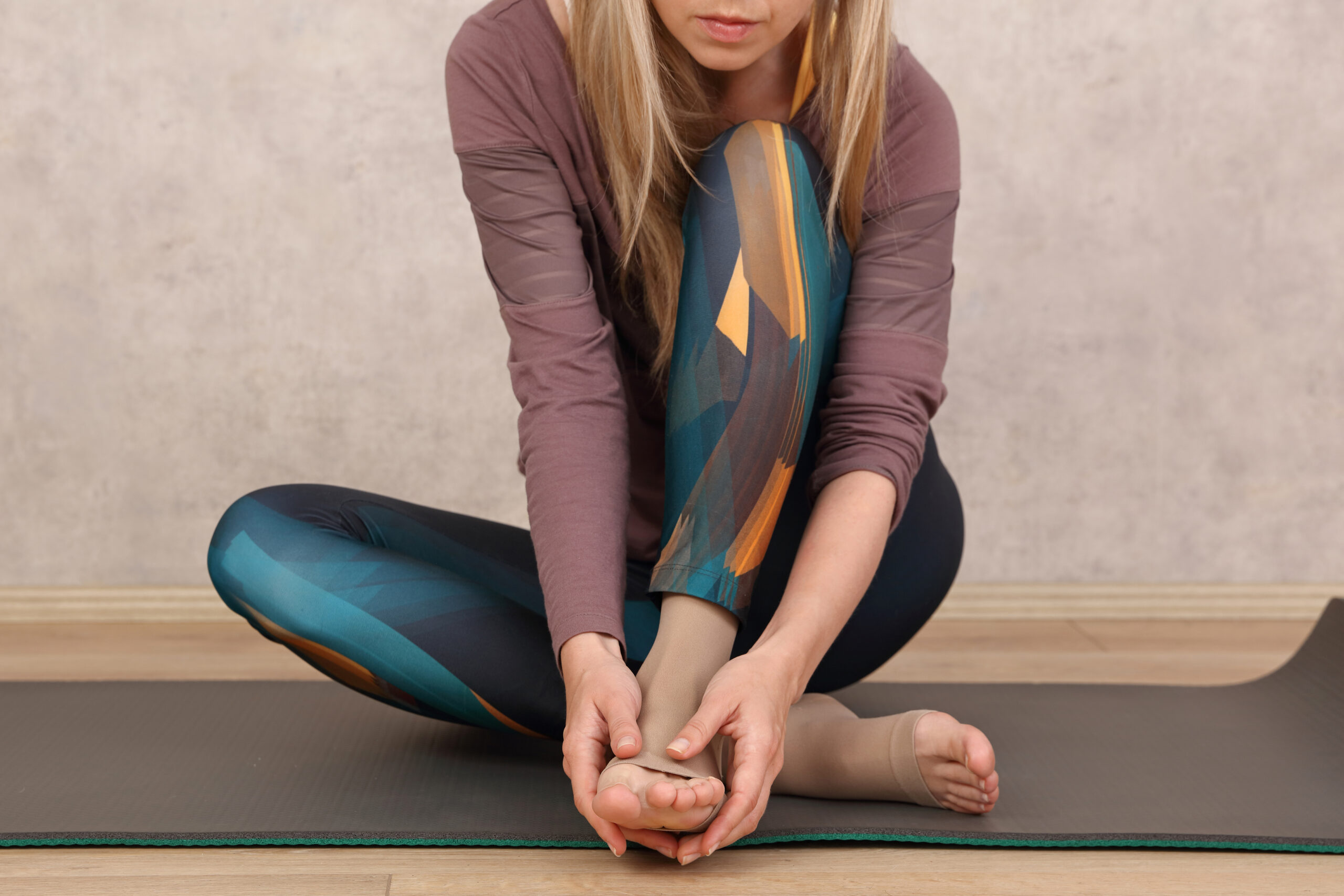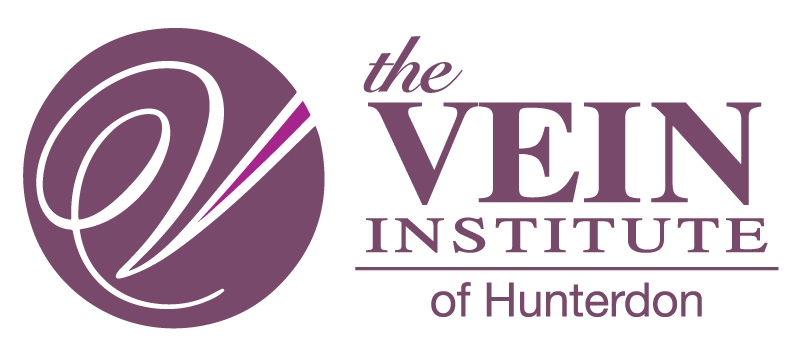Poor Circulation and Diabetes

Our body’s circulation system is responsible for sending oxygen, blood and nutrients all throughout our bodies. If blood flow is reduced in a specific part of the body, symptoms of poor circulation may occur. This happens most commonly in your extremities, like your arms and legs. If you have type 2 diabetes, poor circulation can become a real concern as it can lead to an increased risk of amputation. Making the right choices about how you choose to stay active are the key to healthy circulation.
What is Poor Circulation?
Poor circulation in itself isn’t a condition. It stems from other health issues like obesity, diabetes, arterial issues and heart conditions. Poor circulation can even cause problems like varicose veins, but alternatively, having varicose veins can also cause poor circulation in areas where blood flow is restricted by them. It’s important to understand the underlying cause of your poor circulation before you take measures to treat it.
Symptoms of Poor Circulation
Over time, poor circulation can become detrimental to your legs, feet and hands. Symptoms can include:
- Decreased sensations in the hands or feet
- Tingling
- Numbness
- Muscle cramps
- Pain in your limbs
- Pain while walking
- An increased risk of developing ulcers or infections on the feet
- Slower healing times for wounds
- Nerve damage that can increase the risk of amputation
Managing Poor Circulation with Diabetes
Type 2 diabetes is a chronic condition where your body cannot properly process sugar (glucose). This can put you at risk for conditions that affect your circulatory system like high blood glucose levels, which can make your blood vessels narrow and hard, causing less blood flow, and peripheral artery disease (PAD) which can narrow blood vessels in the legs.
Poor Circulation and Varicose Veins
Varicose veins become enlarged when their valves fail. They can become gnarled and swell and can’t move blood as efficiently as other veins, causing poor circulation. Varicose veins can become a serious issue if left untreated, so it’s important to learn about what you can do for your vein health, especially if you have poor circulation. Treatments can include:
- Endovenous Laser Treatment (EVLT) – A local anesthetic is applied and a thin laser fiber is inserted into the targeted vein in the leg, heating and disrupting the walls of the vein, diverting the blood flow to the surrounding veins. The affected vein is then absorbed by the body, offering immediate relief of symptoms.
- VenaSealTM – An FDA-approved procedure in which a catheter is inserted into the affected vein that administers a small amount of glue along the vein course, closing down the vein and re-flowing the blood to other, healthier veins.
- Sclerotherapy – A solution (sclerosant) is injected into the affected vein, causing it to constrict and be reabsorbed by the body. This treatment is used to treat small varicose veins and spider veins.
- Ambulatory Phlebectomy – An outpatient procedure in which leg veins are removed through tiny incisions in the skin. This is used on veins that are too large to be treated with sclerotherapy.
How to Improve Circulation
When taking steps to improve your circulation, making small daily changes to your habits can greatly affect your circulatory system.
- Exercise – Cardiovascular exercise will help promote natural blood flow. Choose exercises that focus on the part of the body you are having problems with. Walking is a great exercise to get your blood flowing, or if you can’t get outside, try doing leg lifts, calf raises or squats. Try to exercise for at least 30 minutes, 5 days a week.
- Take frequent, quick exercise breaks – For people with type 2 diabetes, the frequency of exercise is more important than the duration. Even just doing three-minute exercises every 30 minutes can improve your blood flow.
- Eat heart-healthy foods – Omega-3 fatty acids like salmon and flax seeds, iron that’s found in foods like red meat and spinach, and high-fiber foods like oatmeal and apples will help your blood flow stay strong.
- Maintain a low blood sugar – This can reduce the build-up of fatty deposits in blood vessels. Talk with your provider about how to best maintain your insulin levels.
- Wear diabetic socks – Diabetic socks can put pressure on calves and feet. This compression helps keep the veins straight and the blood flowing.
- Stop smoking – Smoking can increase your risk for cardiovascular problems that eventually lead to restricted blood flow. And quitting smoking will help every system in your body function better, especially your circulatory system.
If you have diabetes and your varicose veins are causing you to have poor circulation, it’s important to get treated. The Vein Institute of Hunterdon offers innovative vein treatments that can help you get back to feeling your best. Contact us to schedule an appointment for an evaluation and to discuss your individualized treatment options today.
